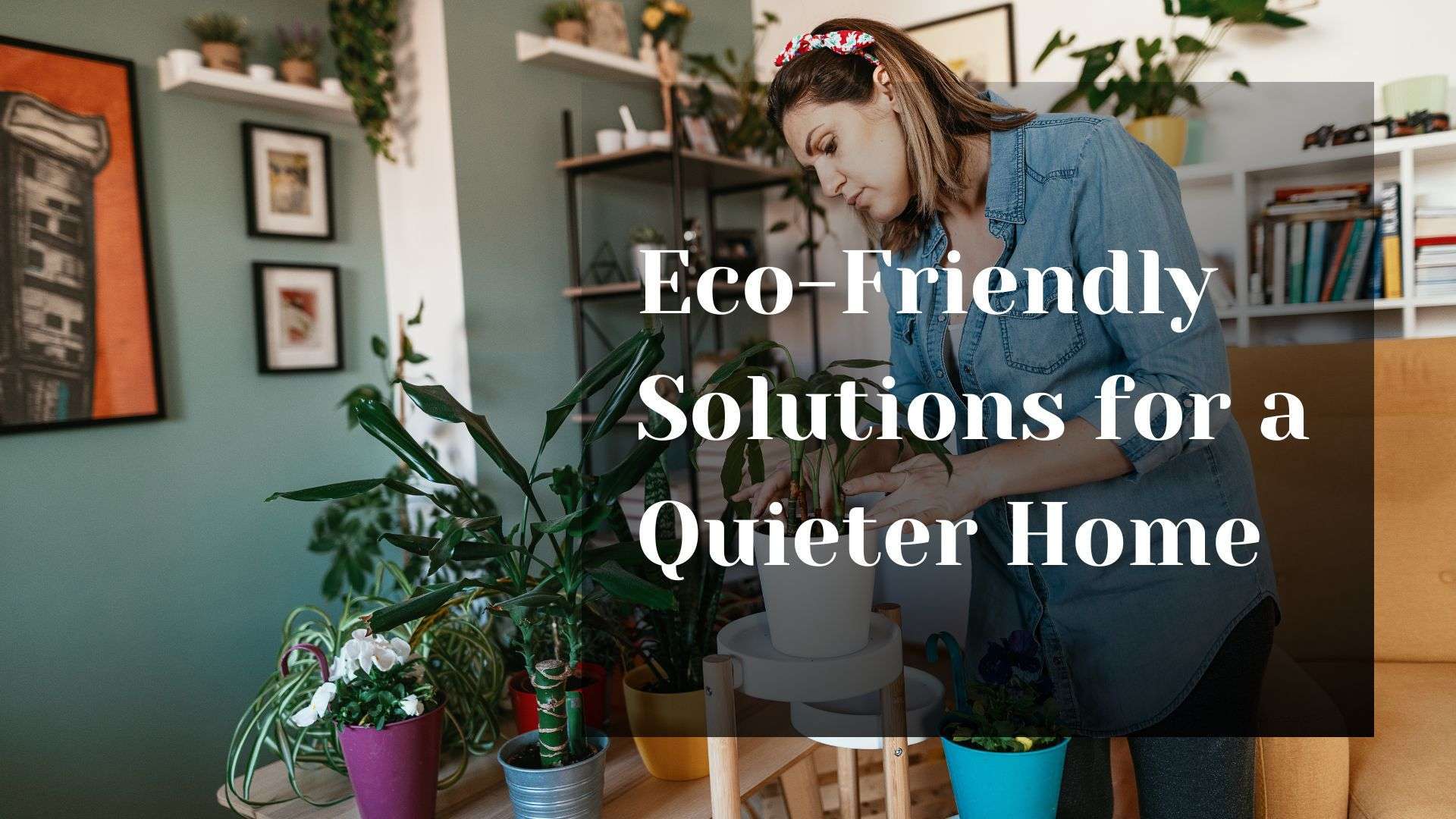Consequences of Not Flushing the Toilet

We frequently take the sound and easy motion of a toilet flushing for granted because it is a part of our daily lives. However, skipping out on this fundamental act of cleanliness can have a domino effect on other aspects of our lives. Not flushing the toilet has serious consequences, ranging from the immediate discomfort of unpleasant smells to more extensive effects on our health, the environment, and societal well-being.
Consequences # 1: Unwelcome odors
It is immediate and obvious when foul smells from not flushing the toilet are present in a bathroom. The toilet becomes a breeding ground for unpleasant gases when it is not flushed.
The buildup of human waste, urine, and toilet paper in the bowl is the source of these gases. These substances degrade over time and produce strong, disagreeable scents into the atmosphere.
This not only makes the bathroom unwelcoming and uncomfortable, but it also may be hazardous to your health.
Anyone using or visiting the bathroom may experience discomfort and respiratory problems as a result of inhaling these toxic fumes.
Additionally, the existence of these odors leads to an unsanitary atmosphere, which is unpleasant and can promote the growth of infections and hazardous bacteria.
Consequences # 2: Bacterial expansion

The toilet bowl’s stagnant water provides the ideal habitat for bacteria to grow quickly. These bacteria find a cozy sanctuary in the stagnant water when someone forgets to flush.
This stagnant water acts as a nutrient-rich breeding habitat for bacteria, allowing them to grow at an alarming rate when mixed with organic waste.
These microorganisms are not harmless; they may contain dangerous pathogens that cause illnesses and infections. The danger of transmission increases when these bacteria come into touch with you or any washroom surfaces.
It’s important to realize that this is a real issue because germs and other viruses found in human waste can actually endanger human health.
Regular flushing is necessary to reduce this risk and keep the environment cleaner and healthier.
It thoroughly removes waste, lowering the potential for bacterial growth and guaranteeing that everyone may use the restroom in a clean and safe environment.
Consequences # 3: Buildup and Staining
Staining and accumulation are less evident but nevertheless problematic effects of not flushing the toilet. excrement products, such as human excrement and toilet paper, can over time leave ugly stains in the toilet bowl if they are not flushed.
These stains are difficult to remove since they can be fairly tenacious in addition to being unsightly.
Additionally, over time, mineral deposits from hard water might build up, aggravating the issue. These stains and deposits frequently demand additional cleaning time and, in some situations, the use of abrasive cleaning agents.
This not only takes up more of your time and work, but it also contributes to environmental damage because these chemicals can have negative effects on the ecosystem when discharged.
Regular flushing essentially decreases the need for aggressive cleaning techniques and lessens the environmental effect of cleaning solutions by preserving the toilet’s cleanliness and attractiveness in addition to its hygiene.
Consequences # 4: Increased use of water

It might surprise you to learn that skipping the toilet flush can paradoxically result in more water being used. The water flow during successive flushes can become obstructed when waste and toilet paper build up in the bowl and aren’t flushed.
As a result, several flushes are required to completely empty the contents. Each extra flush uses a lot of water, frequently more than a single, effective flush would have needed.
Because you’re essentially using more water to get the same outcome, this not only results in excessive water waste but also raises utility rates.
It’s critical to understand that modern toilets are intended to use a set volume of water per flush in order to remove waste efficiently and conserve water.
Contrary to logic, water waste and higher costs result when its design is compromised by forgetting to flush.
As a result, by just following the habit of flushing after use, you can conserve water and cut your utility costs.
Consequences # 5: Obstructed plumbing
The failure to flush the toilet might result in clogged plumbing pipes, which can be more harmful than just a bad experience.
Waste, toilet paper, and even foreign items can get into the plumbing system if they build up in the toilet bowl and aren’t flushed out.
These substances can restrict or completely block the pipes over time, obstructing the free passage of waste and water. This may lead to sluggish drainage, improperly flushing toilets, or even full plumbing obstructions.
Next Read: 7 Ways to Poop Quietly When You Have Diarrhea
Plumbing blockage repairs are not only costly but also very inconvenient. It can be expensive, disrupt your daily routine, and frequently calls for the services of a professional plumber. Severe clogs occasionally may require major repairs or pipe replacements.
It is essential to keep good flushing practices in place to avoid this inconvenience and expensive burden.
Flushing the toilet as directed lowers the likelihood of blockages, ensures that water and waste move freely through the pipes, and protects the structural integrity of your plumbing infrastructure by preventing the buildup of materials in the plumbing system.
Consequences # 6: Attraction of Pest
Inadvertently neglecting to flush the toilet might result in the attraction of pests, especially flies and mosquitoes. Unflushed toilets with stagnant water make excellent breeding grounds for these insects.
The dampness and organic substances in the bowl especially attract flies. Further boosting the pest population, mosquitoes can lay their eggs in standing water.
These pests constitute a serious health danger in addition to being an annoyance.
When flies and mosquitoes land on food, surfaces, or directly on people, they can spread diseases and bacteria that they have on their bodies to those people.
Flushing the toilet frequently is a straightforward yet efficient technique to reduce this danger by preventing the accumulation of stagnant water.
It guarantees that there is no standing water to draw pests, which lowers the likelihood of infestations and minimizes the health risks related to them.
In essence, flushing the toilet contributes to maintaining a healthier and pest-free home environment in addition to personal cleanliness.
Consequences # 7: Impact on the Environment
The implications of not flushing the toilet can be substantial for the ecosystem and reach beyond our immediate surroundings.
Wastewater treatment facilities are created specifically to handle human waste in a way that doesn’t hurt the environment.
But if toilets aren’t flushed, untreated waste may skip this important treatment step and enter the environment.
This has a wide range of repercussions. First, untreated trash can cause water pollution in natural water sources.
Human feces can contaminate rivers, lakes, and groundwater with dangerous germs and toxins, making these water sources unhealthy for both people and wildlife.
Ecosystems can be harmed, aquatic life is harmed, and the general quality of our natural water bodies is lowered as a result of water pollution.
Next Read: How to Hold in Poop When There is No Bathroom?
Aquatic ecosystems are also sensitive and perfectly balanced. The equilibrium of nutrients and bacteria can be upset when untreated garbage reaches these environments.
This disruption increases the risk to the health of our rivers by causing algae blooms, oxygen depletion, and the mortality of aquatic creatures.
Long-term effects on the environment also affect a larger ecological system. When aquatic life and ecosystems are harmed, it can have a significant impact on not only the immediate environment but also the intricate web of life that depends on clean, healthy water sources.
In summary, not flushing the toilet has more to do with our common need to safeguard the environment than merely personal hygiene or practicality.
Consequences # 8: Social Protocol
Beyond the practical and environmental repercussions, it’s also just good manners to not flush the toilet. Our culture and shared knowledge of cleanliness and concern for others are deeply embedded in this practice.
The consequences of not flushing the toilet might be embarrassing for you as well as other people who may share the restroom.
This breach of protocol can lead to tension and annoyance among users in public restrooms or other shared locations, such as a house with several tenants.
Unexpectedly finding a toilet that hasn’t been flushed can make the subsequent user feel uncomfortable and inconvenienced.
In situations like shared housing or the job, it can also result in unpleasant conversations or conflicts.
Furthermore, skipping the flush is sometimes interpreted as a disrespect for the security and comfort of others. It can lead to bad perceptions, strain relationships, and impair societal dynamics.
In public toilets, where efficient use of facilities is essential, unflushed toilets can lead to inconvenience and longer wait times, compounding the discomfort.
Therefore, flushing the toilet after use isn’t merely a hygiene practice; it’s a fundamental aspect of social decorum. It reflects our consideration for others and our commitment to maintaining a harmonious and respectful environment in shared spaces.














